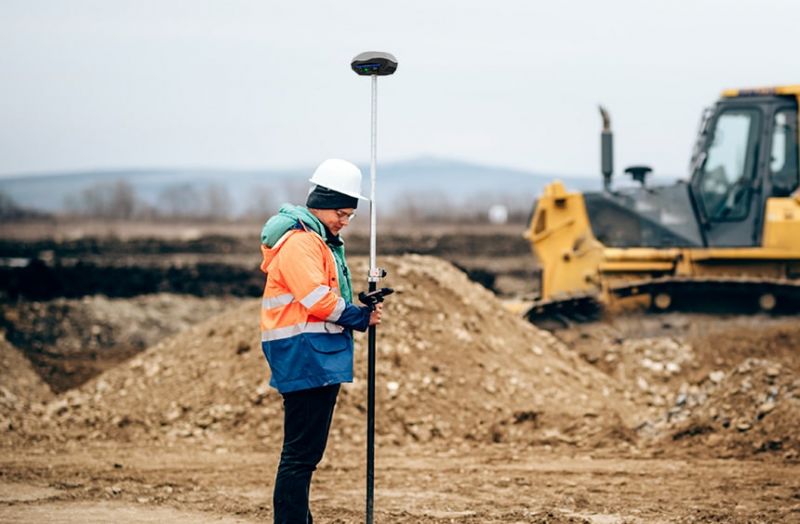Precise inspection of green plantings is necessary to maintain their health and longevity.
Articles
GPS/GNSS systems for area measurement allow farmers to obtain accurate data about their lands, which is important for planning crops and allocating resources. The Agronavigation system provides more precise and rational use of land, leading to increased crop yields and reduced expenses.
The issue of demining territories is a critically important aspect of modern security. Dangerous mines and bombs from past conflicts remain in various parts of the world, posing a threat to civilian populations and impeding infrastructure development.
GNSS (Global Navigation Satellite Systems) receivers allow us to accurately determine our location, navigate in unfamiliar places, and plan routes efficiently.
In the field of geodesy and land management, modern technologies offer many ways to measure distances and determine the coordinates of points.
In pipeline construction, precision and efficiency are crucial for successful project execution. Construction companies providing pipeline laying services constantly seek innovative solutions to streamline their workflows, reduce costs, and enhance accuracy.
GNSS RTK (Real-Time Kinematic) is an advanced technology that provides high-precision real-time positioning. In this article, we will look at the basics of GNSS RTK, the different types of equipment and surveying kits, and their advantages and applications in various industries.
In this article, we'll look at why the compact Walker RTK GNSS receiver outperforms smartphones and tablets with a built-in RTK module.
In this article, we will explain RTK technology and how it differs from standard GNSS positioning and other high-accuracy methods like PPP (Precise Point Positioning).
Due to the active sun and associated ionospheric disturbances, it is possible that GNSS RTK users this fall and winter will experience a decrease in accuracy and an increase in lock time: the time it takes for the GNSS receiver to get a centimeter-accurate solution.
Utility mapping is the process of identifying and mapping underground assets such as water and gas lines, electrical cables, and fiber-optic networks. These assets play a crucial role in our daily lives and the accurate mapping of them is essential for infrastructure management and planning.
Accurate positioning is crucial in pipe laying as even small errors in location can lead to significant problems down the line. Incorrectly placed pipes can lead to leakage, damage, and even failure of the entire system. In addition, pipes that are not properly aligned can cause problems with subsequent construction and maintenance. Accurate positioning also allows for efficient use of resources and materials, as pipes can be placed in the most efficient and cost-effective way possible.
















